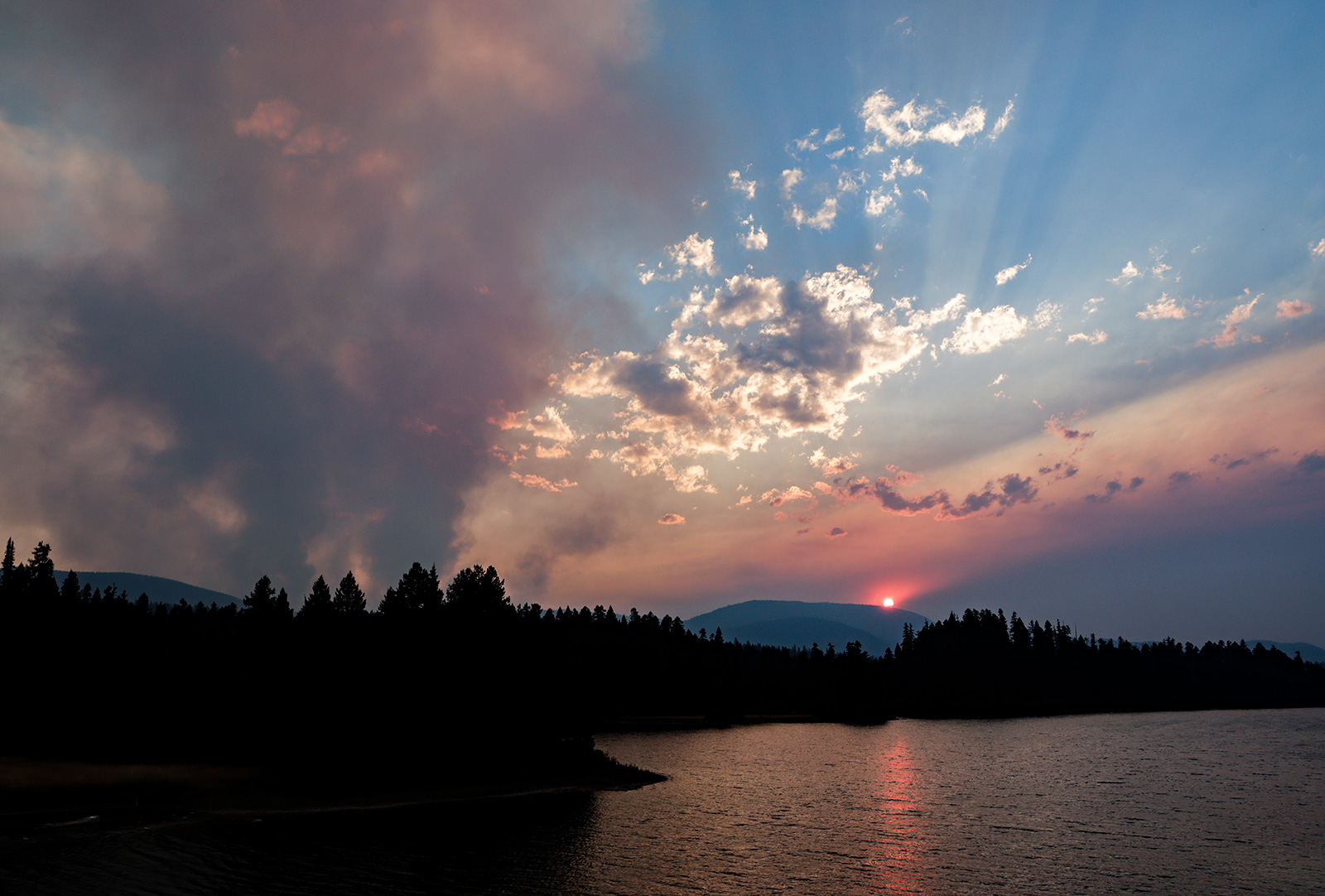Flathead Forest Proposes Salvage Project in East Fork Fire Zone
Land managers say the harvest project near Olney should occur before the fire-killed trees lose their economic value
By Tristan Scott
Land managers in northwest Montana say a proposed salvage timber project near Olney, where the East Fork Fire torched more than 5,000 forested acres this summer, would help recover valuable fire-killed species before they depreciate, promote forest health and create new jobs.
The Flathead National Forest’s Tally Lake District Ranger, which has jurisdiction over about 1,080 acres of the wildfire’s footprint, submitted the proposed East Fork Salvage Project for review on Oct. 12 has asked the public to submit comments. It is located in the Martin Creek and Blessed Pass areas, approximately six miles west of Olney.
According to the proposal, “the Tally Lake interdisciplinary team assessed the burned area and identified opportunities for natural resource management objectives” through the salvage harvest of 250 acres of fire-damaged trees, as well as post-harvest fuels mitigation and reforestation.
“This project also intends to positively contribute to employment and income in local communities and help to avoid loss of commodity value,” the proposed action states.

In August, the East Fork Fire burned in heavy timber, including economically valuable species such as Douglas-fir, according to project leader Gary Blazejewski. Over time, those fire-killed trees will lose their economic value due to deterioration of the wood from fungi, insect damage and decay, Blazejewski explained; the economic value of fire-impacted trees would decrease steadily over the next three years, with larger trees losing merchantability as defects develop.
“Salvage harvest is a regeneration treatment that removes trees that are dead or dying from the effects of the wildfire event or subsequent insect attack,” the agency’s proposed action plan states. “The objective of this treatment is to capture economic value of fire-killed trees, while preparing the site for regeneration of a new cohort. Mature trees that are undamaged or expected to survive would be retained. These treatments would also achieve fuels reduction goals in the long-term by removing trees that would otherwise accumulate on the forest floor and timber production objectives by re-establishing a new cohort of preferred tree species.”
In the proposal, land managers say the project should be categorically excluded from an environmental assessment or environmental impact statement, citing federal rules that exclude salvage projects that seek to harvest less than 250 acres of dead or dying trees and requires less than a half-mile of new road construction, road maintenance and reconstruction of existing forest roads.
To provide electronic comments and learn more about the project, visit https://www.fs.usda.gov/project/flathead/?project=65003. The “Get Connected” menu on the right side of the page provides an option to comment as well as an option to subscribe to email updates. Comments should include your name, address, telephone number and (if applicable) the name of the organization you represent. Please see the contact information on the following page to submit your comments.
If you have additional questions, please contact Project Leader Gary Blazejewski at [email protected] or at (406) 387-3827.